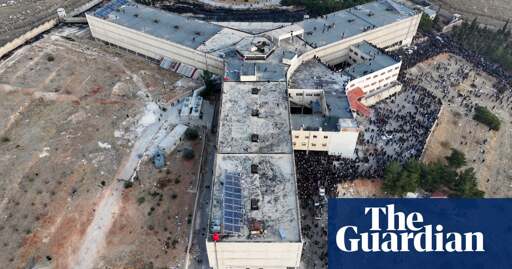Warning: this feature contains details of torture
In 2016, I worked with Forensic Architecture and Amnesty International to lead the acoustic part of the investigation into Sednaya, the Assad regime’s most notorious prison. Since the uprising against the regime began in 2011 until the early hours of Sunday, the prison had been inaccessible to journalists and independent observers. The memories of the few people who have been released were the only resources available to learn about and then document the mass-murder, torture and violation that took place there.
In Sednaya, prisoners’ capacity to see anything was highly restricted. From the time detainees were taken from their homes or pulled out of protests and thrown into cells, they were blindfolded. In the cells they were kept in darkness, made to cover their eyes and face the wall in the presence of the guards. Over time, they developed an acute sensitivity to sound. My task, as an artist and audio investigator, was to develop “earwitness” interviews with six survivors of Sednaya, using their sonic memories to help reveal the crimes that took place inside.
As well as darkness, silence was brutally enforced. To speak, cough or audibly move was to risk death. Even when the prisoners were being beaten they could not make a sound and thousands of those who could not stop themselves from crying out were killed. With the survivors I interviewed, I set about using tones, white noise and re-enacted whispers to measure the silence and the lethal pressure it exerted.
One description of that silence has stayed with me ever since. Jamal, a witness I interviewed told me: “One of the loudest sounds, aside from the horrendous torture noise, was the killing of lice”, the amplitude of which, he said, was equivalent to “crushing a sesame seed between your thumb and forefinger.” If you have a sesame seed in your kitchen, I implore you to take it now, crush it and imagine just what kind of violent force it would take to maintain that level of quiet in a building containing thousands of people.


